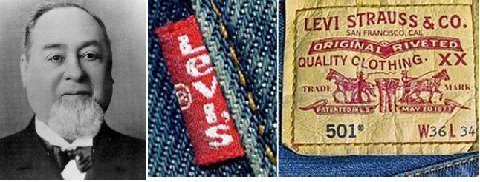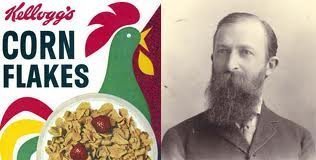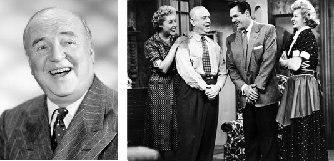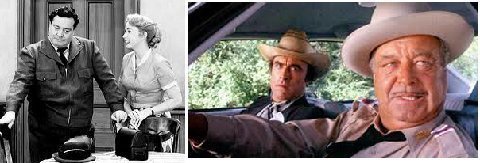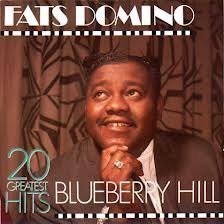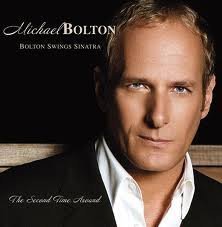Pickleball is an indoor or outdoor racket/paddle sport where two players (singles), or four players (doubles), hit a perforated hollow plastic ball over a 36-inch-high net using solid-faced paddles.
Opponents on either side of the net hit the ball back and forth until one side commits a rule infraction. Pickleball was invented in 1965 as a children's backyard game on Bainbridge Island, Washington, US. In 2022, pickleball was adopted as the official state sport of Washington.
The appearance of a pickleball court, and the manner of play, resembles tennis, but the court is the size of a doubles badminton court, less than a third the size of a tennis court.
Court lines and rules are specific to pickleball and include two 7-foot areas on either side of the net known as the non-volley zones, where the ball cannot be hit with the paddle unless the ball bounces first. The official rules specify side-out scoring, where only the serving team can score a point. All serves are made with an underhand stroke. The hard plastic ball used in pickleball produces significantly less bounce than softer flexible balls, such as a tennis ball. The minimal bounce combined with the non-volley zone and underhand serve give the game dynamic pace and strategy ranging from soft dink shots that stay within the two non-volley zones to powerful drive shots and overhead smash shots. To minimize any advantage the serving or receiving side might have at the beginning of the game, the ball must bounce once on each side of the net before either team may volley the ball, which is to hit the ball in the air before it bounces.
Between 1965 and 2020, it became a popular sport in the US Pacific Northwest, and in the meantime began to grow elsewhere. In 2021, 2022 and 2023, the sport was named the fastest-growing sport in the United States by the Sports and Fitness Industry Association, with over 4.8 million players. A growing interest in the sport is attributed to several factors, including a short learning curve, appeal to a wide range of ages and fitness levels, and low startup costs. There are now thousands of pickleball tournaments throughout the United States, including the US National Championships and the U.S. Open Tournament, along with two professional tours and one professional league. Pickleball is also experiencing growth outside the United States with several other national and international competitions.
The game was created in 1965 on Bainbridge Island, Washington, at the summer home of Joel Pritchard, who later served in the United States Congress and as Washington's lieutenant governor. Pritchard and two of his friends, Barney McCallum and Bill Bell, are credited with devising the game and establishing the rules.
According to Joan Pritchard, Joel Pritchard's wife, "The name of the game became Pickle Ball after I said it reminded me of the pickle boat in crew where oarsmen were chosen from the leftovers of other boats." Other sources state that the name "pickleball" was derived from the name of the Pritchard's family dog, Pickles. The Pritchards stated that the dog came along after the game had already been named, and it was the dog that was named for the game of pickleball. They said the confusion arose when a reporter interviewing the Pritchards in the early 1970s decided it would be easier for readers to relate to the dog rather than a pickle boat. USA Pickleball claims research on their part confirms that the dog Pickles was born after the game had already been named.
When Pritchard and Bell returned from golf one Saturday afternoon in 1965, they found their families bored. They had attempted to set up badminton, but no one could find the shuttlecock. Pritchard and Bell challenged their kids to devise their own game. The adults and kids ended up at the badminton court and began experimenting with different balls and rackets, including table tennis paddles. The 5-foot badminton net was eventually lowered to hip level to accommodate driving the ball.
To read more, go here: https://en.wikipedia.org/wiki/Pickleball
Put the squeeze on some refreshing orange juice and get ready to take it to a whole new level with our easy shortcut Orange Juice Cake. This sunny tasting cake starts with a mix and ends with lots of raves!
- 1 (16.5-ounce) package yellow cake mix
- 1 (4-serving-size) package orange-flavored gelatin
- 3/4 cup vegetable oil
- 1 cup orange juice
- 4 eggs
- Preheat oven to 325º. Coat a 10-inch Bundt or tube pan with cooking spray; set aside.
- In a medium bowl with an electric mixer on medium speed, beat all ingredients 2 minutes, or until well mixed. Pour batter into prepared pan.
- Bake 50 to 55 minutes, or until a wooden toothpick inserted in center comes out clean. Let cool slightly, then invert onto a wire rack to cool completely. Serve, or cover until ready to serve.
Pistachios arrived in the United States sometime in the 1880s, but they have been cultivated in the Middle East since Biblical times.
The pistachio tree grows to about 20 feet tall needing little or no rain and must have high heat. Amazingly, in Iran, they claim to have 700-year-old pistachio trees! A new tree takes between 7 and 10 years to mature and bear fruit.
Pistachio Facts:
- All pistachio shells are naturally beige in color. Some companies dye nuts red or green if nuts are inferior or for consumer demand.
- California produces about 300 million pounds of pistachios each year, accounting for 98 percent of America’s production.
- Pistachio shells typically split naturally when ripe.
- The kernels are often eaten whole, either fresh or roasted and either salted or unsalted.
- In the Middle East, people call the pistachio the smiling nut.
- In China, people call the pistachio the happy nut.
“Pistachios are an excellent source of vitamin B6, copper and manganese and a good source of protein, fiber, thiamine and phosphorus. Scientific evidence suggests but does not prove that eating 1.5 ounces per day of most nuts, such as pistachios, as part of a diet low in saturated fat and cholesterol, may reduce the risk of heart disease.” US Food and Drug Administration, July 2003
A Great Thing To Do — Recycle the Pistachio Shells!
The empty pistachio shells are useful for recycling in several ways. If unsalted, the shells need not be washed and dried before reuse, but washing is simple if that is not the case. Practical uses include as a fire starter; kindling to be used with crumpled paper; to line the bottom of pots containing houseplants for drainage and retention of soil for up to two years; as a mulch for shrubs and plants that require acid soils, as a medium for orchids; and as an addition to a compost pile designed for wood items that take longer to decompose than leafy materials (it can take up to a year for pistachio shells to decompose unless soil is added to the mix).
Shells from salted pistachios can also be placed around the base of plants to deter slugs and snails. Many craft uses for the shells include holiday tree ornaments, jewelry, mosaics and rattles. Research indicates that pistachio shells may be helpful in cleaning up pollution created by mercury emissions.







